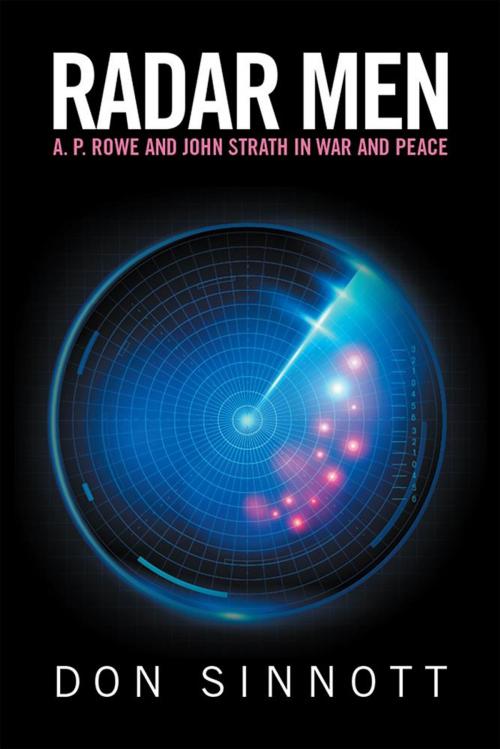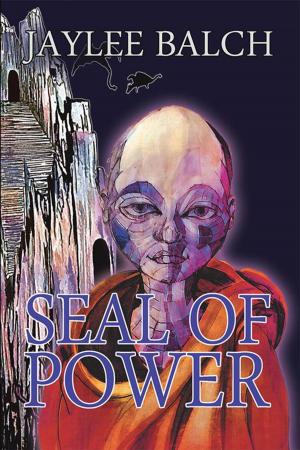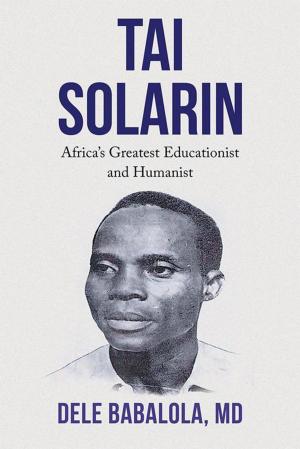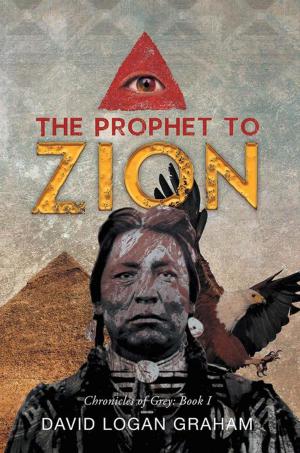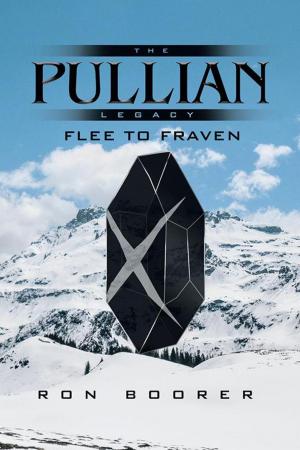Radar Men: A. P. Rowe and John Strath in War and Peace
Biography & Memoir, Entertainment & Performing Arts, Nonfiction, Reference & Language, Education & Teaching, History, Military| Author: | Don Sinnott | ISBN: | 9781524516703 |
| Publisher: | Xlibris AU | Publication: | August 29, 2016 |
| Imprint: | Xlibris AU | Language: | English |
| Author: | Don Sinnott |
| ISBN: | 9781524516703 |
| Publisher: | Xlibris AU |
| Publication: | August 29, 2016 |
| Imprint: | Xlibris AU |
| Language: | English |
World War II defined its heroes and villains. There are many books on national leaders like Churchill and Hitler, generals like Montgomery and Rommel. Less has been written about the civilian scientists, engineers, and technicians whose work produced military innovations that drove the direction and outcome of that terrible conflict. This book is a connected and interlaced narrative of two men who were World War II civilian scientists. It is a non-technical portrait of two twentieth-century life stories against a backdrop of war and peace, which are important in both historical context and as illustrations of the human condition lived in extraordinary circumstances. The lives of A. P. Rowe and John Strath intersected in the British development of radar in the 1930s and 1940s and then diverged into critical roles in Britain and Australia after the war. Rowe and Strath worked in Britains epic development of radar defences, without which the 1940 aerial Battle of Britain would have been lost. Rowe led what has been termed as one of the most successful research establishments of all time, focussed on the development and deployment of radar; Strath was a junior member of that establishment. After the war, both men moved to Australia where Rowe, after a short and unhappy involvement as lead scientific adviser on the development of Australia's Woomera rocket range and Australian defence, was for a decade a highly contentious vice chancellor of the University of Adelaide. Strath became involved in development of the British atomic weapon and monitoring of nuclear test effects in Australia and then became the prime mover for development of what is now Australias Jindalee Operational Radar Network, a major component of the countrys long-range defence surveillance.
World War II defined its heroes and villains. There are many books on national leaders like Churchill and Hitler, generals like Montgomery and Rommel. Less has been written about the civilian scientists, engineers, and technicians whose work produced military innovations that drove the direction and outcome of that terrible conflict. This book is a connected and interlaced narrative of two men who were World War II civilian scientists. It is a non-technical portrait of two twentieth-century life stories against a backdrop of war and peace, which are important in both historical context and as illustrations of the human condition lived in extraordinary circumstances. The lives of A. P. Rowe and John Strath intersected in the British development of radar in the 1930s and 1940s and then diverged into critical roles in Britain and Australia after the war. Rowe and Strath worked in Britains epic development of radar defences, without which the 1940 aerial Battle of Britain would have been lost. Rowe led what has been termed as one of the most successful research establishments of all time, focussed on the development and deployment of radar; Strath was a junior member of that establishment. After the war, both men moved to Australia where Rowe, after a short and unhappy involvement as lead scientific adviser on the development of Australia's Woomera rocket range and Australian defence, was for a decade a highly contentious vice chancellor of the University of Adelaide. Strath became involved in development of the British atomic weapon and monitoring of nuclear test effects in Australia and then became the prime mover for development of what is now Australias Jindalee Operational Radar Network, a major component of the countrys long-range defence surveillance.
